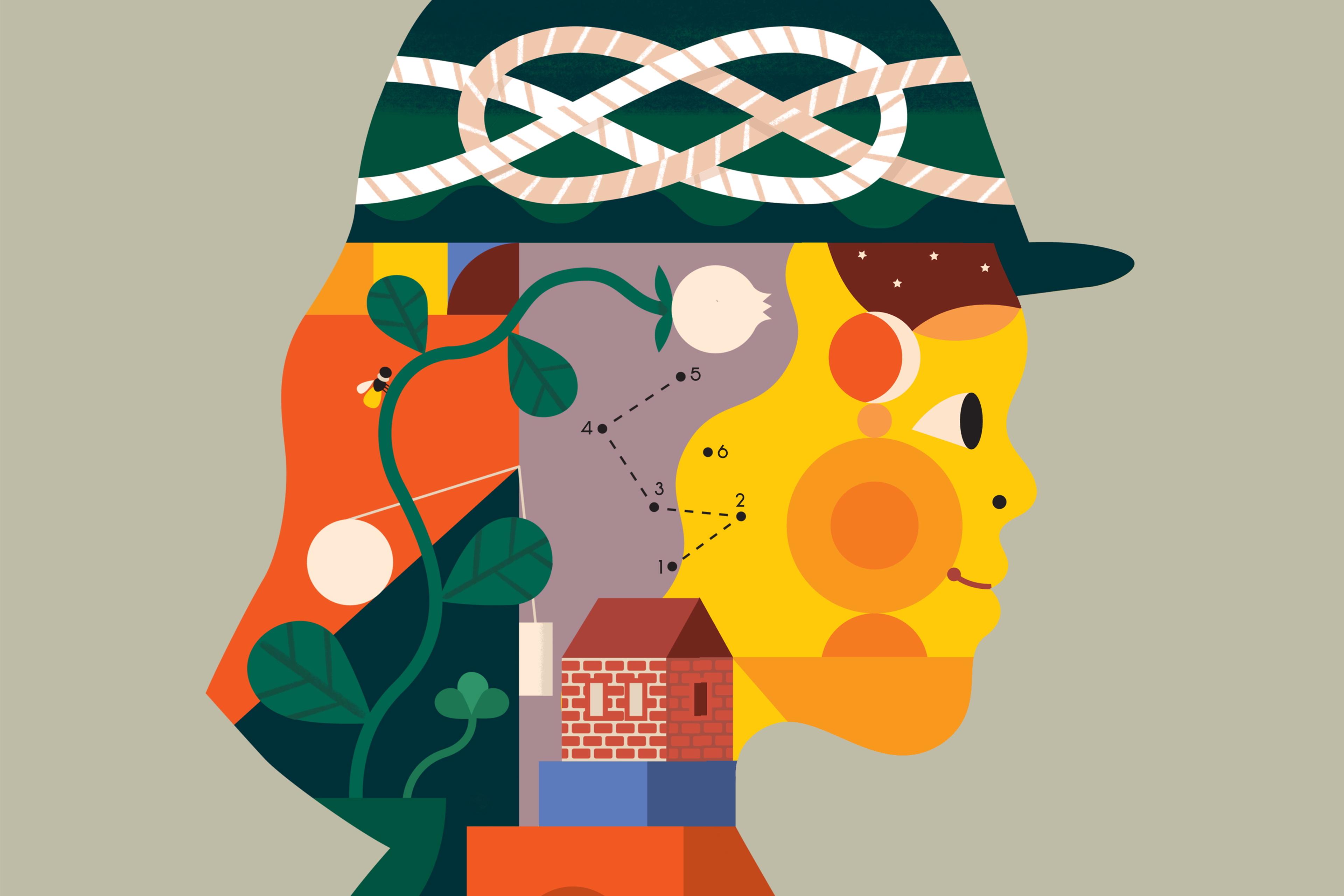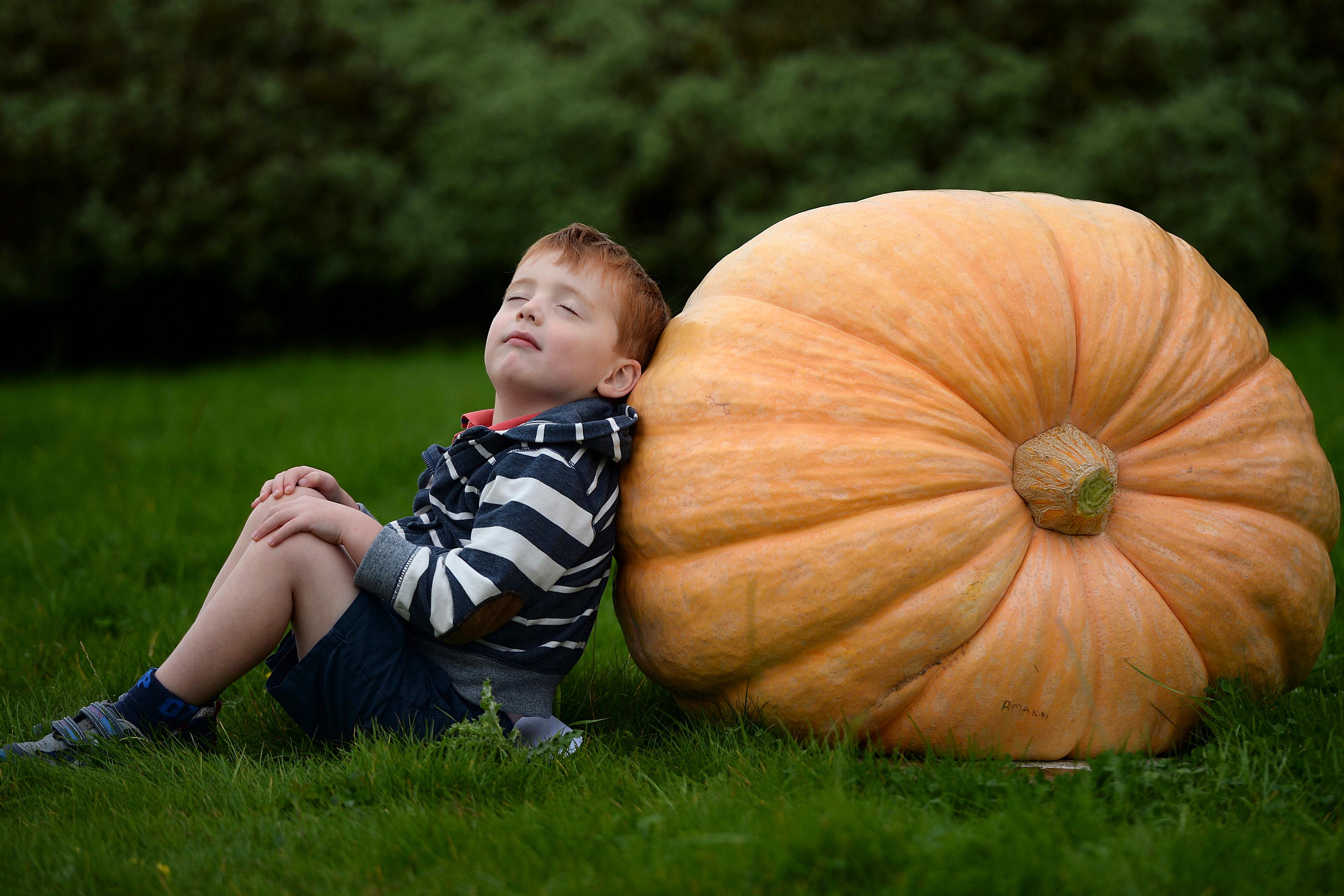Babies have plenty in common with each other – the crying, the crawling, the sleeping – but their own little personalities are on display too. One infant might spend more time in a grumpy mood than others. Another might be especially fascinated by the bright new world around them, reaching toward whatever catches their eye. My mother informs me that I was a ‘happy and goofy’ baby; perhaps you’ve heard stories about your own infant self, or you’ve witnessed your own children’s emerging traits and quirks.
‘Temperament’ is the word psychologists use to describe these distinctions – it’s ‘a subset of personality that you can observe in infants and children’, says Samuel Putnam, a developmental psychologist at Bowdoin College in Maine, US. Measures of personality in adults are not only about behaviours and feelings, but also about patterns of thinking and ideas; they cover tendencies such as being a ‘deep thinker’, having artistic interests, or handling tasks efficiently. Temperament, in infants and children, is instead judged by characteristics that parents or others can observe, such as activity levels and emotional responses. The varied temperaments of infants continue to develop through toddlerhood and beyond, as children find themselves in new situations and their capacities grow. What emerges early in life serves as a foundation for what comes later.
These developments don’t unfold in quite the same way everywhere, however. By adulthood, average differences in personality are apparent between groups of people in different countries. For example, there are some countries and regions (such as the US, Canada and much of western Europe) where people tend to score more highly on extraversion than others (such as those in Indonesia and much of East Asia). Researchers have also reported average differences between nations on the other ‘Big Five’ personality traits – agreeableness, conscientiousness, neuroticism, and openness to experience – such as samples in France and Russia showing relatively high levels of neuroticism, with people in Estonia and Sweden indicating lower levels.
You might imagine that it takes many years for these personality differences to come about, as individuals grow up within their respective societies. Yet as early as infancy, there is already evidence of cross-cultural differences in temperament. Previous studies compared infants and children from just two or a few cultures, finding for instance that Italian infants (specifically, boys) were rated higher on ‘cuddliness’ than their counterparts in the US, while US babies were rated higher on levels of activity. In another study, US infants and children were rated as more fearful than Finnish ones. In 2017, Putnam and the psychologist Maria A Gartstein reported a larger set of comparisons, finding differences in average infant and childhood temperament ratings across 18 different countries.
By linking differences in temperament to country of upbringing, rather than to more immediate factors, studies such as these suggest that temperament might be shaped not only by one’s DNA or the habits of one’s parents, but also by the broader culture in which a child is immersed – including its traditions, values, beliefs and other social conventions. To explore this possibility further, Putnam, Gartstein and their colleagues recently published their most detailed picture yet of how the tendencies of young humans vary across the world, incorporating parents’ observations of their infants, toddlers and older children in 59 countries. In doing so, they also advance ideas about how certain societal conditions – and their impact on the ways children are treated – could be steering individual traits in somewhat different directions from our earliest days.
When they investigate differences in temperament, Putnam and his collaborators ask parents to rate their children on three broad dimensions, each of which is a bundle of loosely related characteristics.
The dimension called negative affectivity is the tendency to have and express negative feelings such as fear, discomfort or sadness. If a child is especially irritable or cries more than others, a parent would be expected to rate them highly on this dimension. Putnam’s team gives parents different sets of questions depending on the age of their children. For example: ‘When tired, how often did your baby show distress?’ Or, for young children: ‘When s/he asked for something and you said “no”, how often did your child have a temper tantrum?’ This dimension of temperament is similar to what in adults is called neuroticism or negative emotionality.
Surgency is much like extraversion in adults; it involves activity level, smiling and laughter, and how one relates to novel and stimulating things. A surgent infant is ‘really active’, Putnam explains: ‘Once they can crawl, they’re always crawling. Even before they’re crawling, they’re always reaching for something.’ Relatedly, ‘they enjoy high-intensity activities. So the surgent toddler is the one who’s going down the slide headfirst, and wants to swing as high as they can.’ Positive anticipation is part of surgency, too. ‘The same kids who tend to be really active are the same kids who are risk takers [and] the same kids who really get excited about presents.’
In collective systems, it may be more acceptable or useful to express negative affect than in other cultures
Finally, regulatory capacity has to do with self-control and attention. This too looks different over time: for a baby, it might be reflected in how often she plays with a toy or gazes at a picture book for more than a few minutes; later on, an ability to follow instructions well, or to concentrate while colouring, would be taken as signs of regulatory capacity. This aspect of temperament has similarities to the adult personality trait called conscientiousness.
To compare how infants and children (up to age 10) were characterised by their parents, depending on where they were growing up, the research team pooled tens of thousands of parent ratings from across the world. When providing ratings, parents indicated the frequency with which their child exhibited specific behaviours (for instance, they might say that when given a toy, their baby smiled or laughed ‘never’, ‘less than half the time’, etc); or, they rated how true or untrue certain descriptions were (eg, ‘Is very difficult to soothe when s/he has become upset’ or ‘Likes rough and rowdy games’).
Although there was a huge amount of variation within any given place, which puts a limit on what can be said about what children ‘are like’ in one country or another, there were also some clear average differences between regions and countries. For example, in southern and western Asia, South America and southern Europe – and in specific countries such as Colombia, Iran, Kosovo, Malaysia and Nigeria, among others – parents tended to score their children higher on negative affectivity. By contrast, parents in northern and western Europe – such as those in Ireland, the Netherlands and Sweden – tended to score their children relatively low on negative affectivity.
What might account for these regional differences? Putnam says his team identified two relevant variables. One is collectivism: ‘The children in these cultures [including in parts of South America and Asia], where there’s more of an emphasis on group cohesion, sort of diminishment of the self and the individual, that’s where we tend to see higher levels of negative affect,’ Putnam explains. The reasons for this are likely complex and could reflect both the influence of culture on individuals and the collective shaping of culture by individuals. ‘We propose that maybe something about being negative causes people to band together and to emphasise working together as a way to address the danger they see in the world,’ he says. ‘In these collective systems, it may [also] be more acceptable, more successful or more useful to express negative affect than it is in other cultures.’
Parents rated children higher on negative affectivity in the same countries where adults rated themselves relatively high on neuroticism
The other important variable related to regional differences in negative affectivity, perhaps less surprising, was national income: in less wealthy societies, parents reported greater signs of negative emotions in their children. This could be due, at least in part, to the increased stress that comes with poverty.
The results were less clear for the other aspects of temperament. Ratings of surgency were relatively high in samples from the Americas, Australia and New Zealand, and southeastern Asia, while they were lower in eastern Europe and eastern Asia. The researchers speculate that in eastern Asian countries, lower surgency ratings could relate to a ‘long-term orientation’ described in previous research, involving ‘values of thrift, perseverance and a sense of shame’, which might dampen behaviours such as seeking excitement or immediate rewards. Meanwhile, ratings of children’s regulatory capacity were highest in southeastern and western Asia, and lowest in eastern Asia, but it’s not clear what might be driving these differences – they were not associated with any of the cultural variables the researchers examined.
The new findings largely complement earlier research on adult personality, which makes sense because infants and children with certain temperaments are thought to be more likely to develop similar personality traits as adults. ‘Someone who’s high in surgency, we would imagine, as they grow up, they’re going to be risk takers, they’re going to be sensation seekers, they’re going to be extraverted,’ Putnam says. So it’s interesting that cross-cultural differences in temperament aligned in some ways with previously observed differences in adult personality. For instance, countries where parents rated children higher on negative affectivity tended to be the same countries where adults have previously rated themselves relatively high on neuroticism. Similarly, higher ratings of surgency in children were found in places where adults score higher on extraversion.
To the extent that features of culture influence the temperament of infants and children in distinct ways, as the researchers propose they do, it’s still largely an open question how this influence happens. But previous work by Putnam and others offers clues.
The effects of culture and the effects of parenting are not entirely separable; the former can shape the latter. One possibility is that parenting practices related to sleep help to explain some of the culture-temperament connection. ‘In countries where they were collectivist and where kids tended to be more negative, children seem to be getting less sleep, and they seem to be going to bed later,’ Putnam says, citing a previous study. ‘Parents seem to use fewer things like routines,’ he said, of the sort that might include a pre-sleep bath, a story, and a firm bedtime.
Signals about what’s normal and valued reach us through countless other channels, besides parents
There are many other ways that differing parental behaviours across cultures could theoretically affect children’s temperaments. In a 2018 review of research on temperament and culture, the psychologist Xinyin Chen notes a general recognition in the field that ‘due to the demands of social, economic, historical, and ecological circumstances, people in different societies may place different values on specific child characteristics.’ Parents across the world will reward, tolerate or discourage certain tendencies (such as shyness, for example) to different degrees, which could contribute to the divergence in temperament scores the researchers have found. ‘When children display characteristics that are culturally valued, they may receive social approval and support, which not only serve to maintain the characteristics, but also help children establish positive social relationships,’ and produce other opportunities and benefits, writes Chen.
Signals about what’s normal and valued also reach us through countless other channels, besides parents. ‘When my kid goes to their neighbour’s house, or they go to school, or whatever, they might be getting subtly different messages,’ Putnam says. ‘But the power of culture is that everyone buys in: this is the way that you are supposed to be in this culture.’
All of this has implications for how adults understand their own or other people’s children, Putnam suggests – and perhaps, in retrospect, how they understand themselves. ‘There’s a truth to [the idea that] kids really are born different,’ he says. ‘But there’s also a reality that those things can be changed to some extent.’
This new global map of temperament – showing how early ratings correspond to what part of the world a person is from, or aspects of their culture – could offer a glimpse at why babies or schoolchildren in your own homeland might ‘be changed’ more in certain ways than their peers on the other side of the world. It might also give you pause to reflect on how the messages, values, parental practices and other social guide rails that characterise your cultural group might have nudged you to be a somewhat more excitable kid than you would have been, or less easily upset, or to develop other traits that marked you as you grew into the person you are now.
This Idea was made possible through the support of a grant to Aeon+Psyche from the John Templeton Foundation. The opinions expressed in this publication are those of the author and do not necessarily reflect the views of the Foundation. Funders to Aeon+Psyche are not involved in editorial decision-making.








